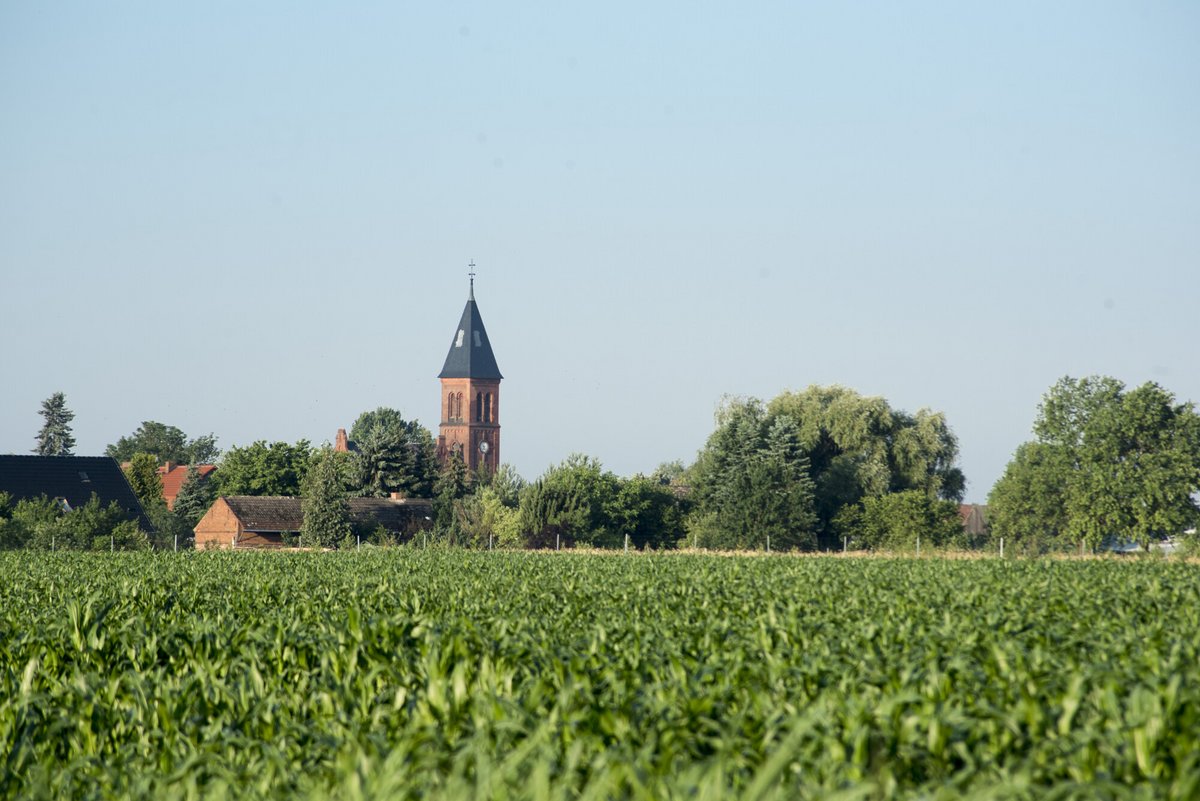On-demand mobility in Lusatia - opportunities for tourism and everyday life
As part of the MoVeToLausitz joint project, researchers from the Brandenburg University of Technology Cottbus-Senftenberg (BTU) and national partners have developed a guide for demand-orientated, data-based mobility solutions in local public transport.
Tourist mobility in Lusatia faces particular challenges: The majority of people arrive by car, while train and bus can only be used to a limited extent for many excursion destinations, explains Prof. Dr Ludger Gailing from the BTU's Chair of Regional Planning. Surveys of tourists in Burg (Spreewald) and Senftenberg (Lusatian Lakeland) also showed that the majority carry a bicycle with them and use this as their main means of transport locally. For many, the question arises as to how they can cover the last mile without a car - for example from the railway station to their accommodation and with luggage. It becomes clear: Flexible, demand-orientated solutions are needed. One approach to this is on-demand services.
"On-demand services can be booked flexibly and are therefore precisely tailored to the needs of the population," says Christin Hoffmann from the BTU Chair of Energy Economics. "However, municipalities need reliable data to optimise such mobility services." Data that the research project "Mobility support using data-based traffic management and alternative offers for tourist mobility in Lusatia" (MoVeToLausitz) also provides: In a second survey, this time with the local population in Burg and Senftenberg, only around nine per cent stated that they use bus or train as their main means of transport. The majority rely heavily on cars - in Senftenberg, long distances to bus stops and unattractive timetables are criticised, while the assessment in Burg is somewhat more positive. On-demand services such as on-demand buses meet with general approval, but the willingness to pay is limited. "In addition to price and booking time, trust, habits and integration into the overall system also influence willingness to use them," says Hoffmann. "Our analyses show that on-demand transport has so far mostly been operated as a supplement to public transport, but could develop into an independent, socially and ecologically valuable service - provided the financing, capacity utilisation and framework conditions are right."
The "Lausitz On-Demand" guide developed as part of the project now provides a practical guide that shows how such services can be implemented. They do not replace traditional public transport, but rather complement it in a meaningful way: on-demand buses improve accessibility, close mobility gaps on the last mile and at the same time increase the attractiveness of rural regions. In this way, they contribute to the mobility transition for both locals and visitors and open up new perspectives for a climate-friendly and sustainable Lusatia.
Contact us
Energiewirtschaft
T +49 (0) 355 69-4161
christin.hoffmann(at)b-tu.de

